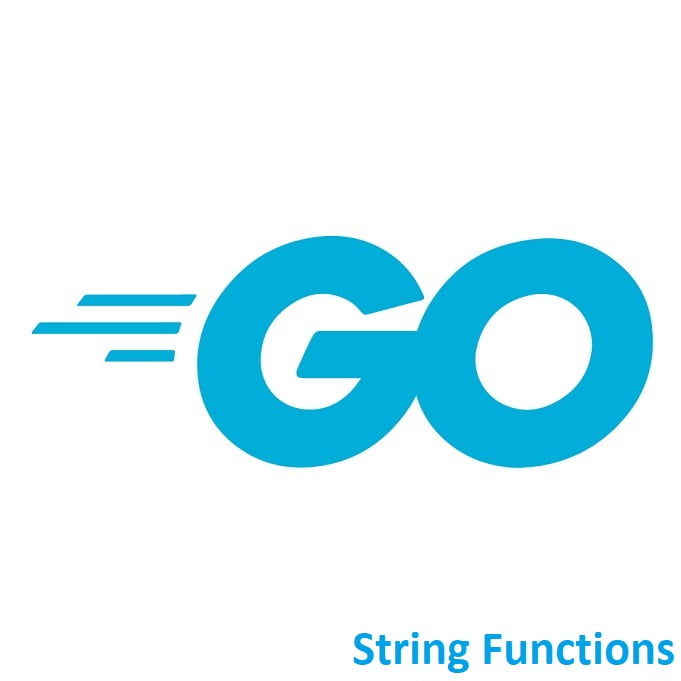
Concurrent Operations and Parallel Execution!
Welcome to the world of Golang! Concurrency and parallelism are key features of Go that enable efficient utilization of system resources. This guide explores the principles, patterns, and best practices for implementing concurrent and parallel operations in Go.
It’s important to distinguish between concurrency and parallelism:
Concurrency
Concurrency is a design pattern and programming approach that deals with the composition of independently executing tasks. In Go, concurrency is primarily achieved through goroutines and channels.
Goroutines: Goroutines are lightweight threads managed by the Go runtime. They are designed to be efficient and allow you to perform tasks concurrently. You can start a new goroutine using the
gokeyword, and they share the same memory space, making it easy to communicate between them.Channels: Channels are used for communication and synchronization between goroutines. They allow goroutines to send and receive data, ensuring safe concurrent access to shared resources.
Concurrency in Go helps you write programs that are more responsive and efficient by allowing tasks to execute independently without the need for explicit thread management.
Parallelism
Parallelism, on the other hand, is the execution of multiple tasks at the exact same time, typically using multiple CPU cores. Go can also achieve parallelism through goroutines when tasks are inherently parallelizable, but it’s not limited to that. Go provides a runtime scheduler that can automatically distribute goroutines across multiple CPU cores when possible, achieving parallel execution.
Golang Concurrency Code Example
Here’s a simple example of concurrency in Go using goroutines and channels:
package main
import (
"fmt"
"time"
)
func worker(id int, jobs <-chan int, results chan<- int) {
for job := range jobs {
fmt.Printf("Worker %d started job %d\n", id, job)
time.Sleep(time.Second) // Simulate some work
fmt.Printf("Worker %d finished job %d\n", id, job)
results <- job * 2
}
}
func main() {
numJobs := 5
jobs := make(chan int, numJobs)
results := make(chan int, numJobs)
// Start three worker goroutines
for i := 1; i <= 3; i++ {
go worker(i, jobs, results)
}
// Send jobs to the workers
for j := 1; j <= numJobs; j++ {
jobs <- j
}
close(jobs)
// Collect results from the workers
for k := 1; k <= numJobs; k++ {
result := <-results
fmt.Printf("Result: %d\n", result)
}
}
In this example, we have three worker goroutines running concurrently, processing jobs sent via a channel. The program demonstrates a simple form of concurrency in Go.
Golang Parallelism Code Example
Here’s an example to illustrate parallelism in Go:
package main
import (
"fmt"
"runtime"
"sync"
"time"
)
func calculateSquare(id int, num int, wg *sync.WaitGroup) {
defer wg.Done() // Decrement the counter when the goroutine completes
result := num * num
fmt.Printf("Goroutine %d: %d * %d = %d\n", id, num, num, result)
}
func main() {
// Set the number of CPU cores to utilize (optional but recommended)
numCores := runtime.NumCPU()
runtime.GOMAXPROCS(numCores)
// Create a WaitGroup to wait for all goroutines to finish
var wg sync.WaitGroup
numTasks := 4
// Launch goroutines to calculate squares in parallel
for i := 1; i <= numTasks; i++ {
wg.Add(1) // Increment the WaitGroup counter for each goroutine
go calculateSquare(i, i, &wg)
}
// Wait for all goroutines to finish
wg.Wait()
fmt.Println("All goroutines have completed.")
}
In this example, we do the following:
We use
runtime.GOMAXPROCS()to set the number of CPU cores to utilize. This helps maximize parallelism by utilizing all available CPU cores effectively. This is optional but recommended for parallelism.We create a
sync.WaitGroupnamedwgto wait for all goroutines to finish.We launch several goroutines using a loop, each of which calculates the square of a number concurrently. Each goroutine increments the WaitGroup counter using
wg.Add(1)and decrements it when it’s done withdefer wg.Done().After launching all goroutines, we use
wg.Wait()to block the main program until all goroutines have completed. This ensures that we don’t exit the program prematurely.
By running this code, you’ll see that the goroutines execute in parallel, each calculating the square of a number concurrently. The use of runtime.GOMAXPROCS() helps ensure that all CPU cores are utilized for maximum parallelism.
Conclusion
Concurrency and parallelism are powerful features of Go that enable scalable and efficient applications. Mastering these concepts empowers developers to build high-performance and concurrent software systems.
That’s All Folks!
You can find all of our Golang guides here: A Comprehensive Guide to Golang




